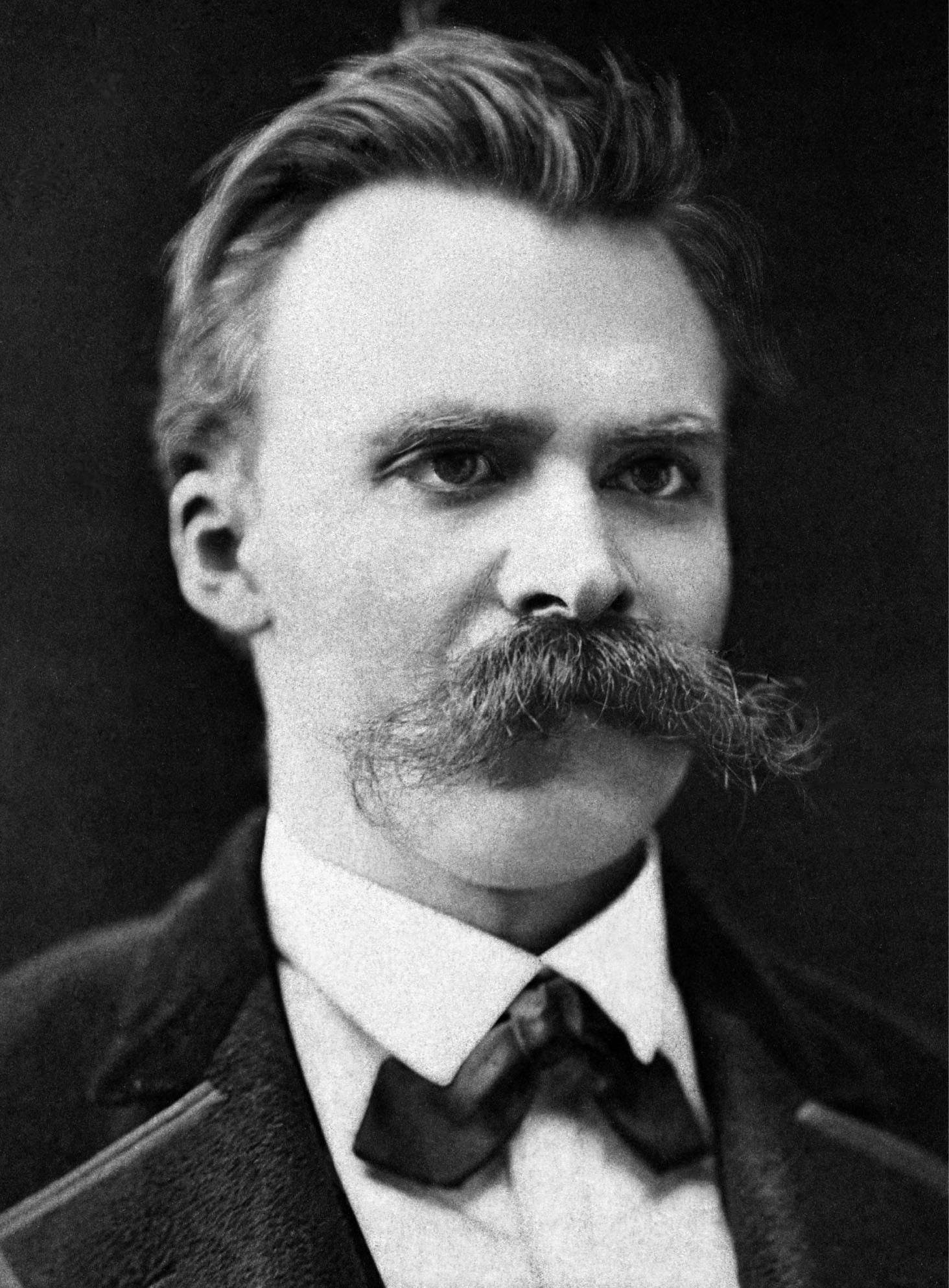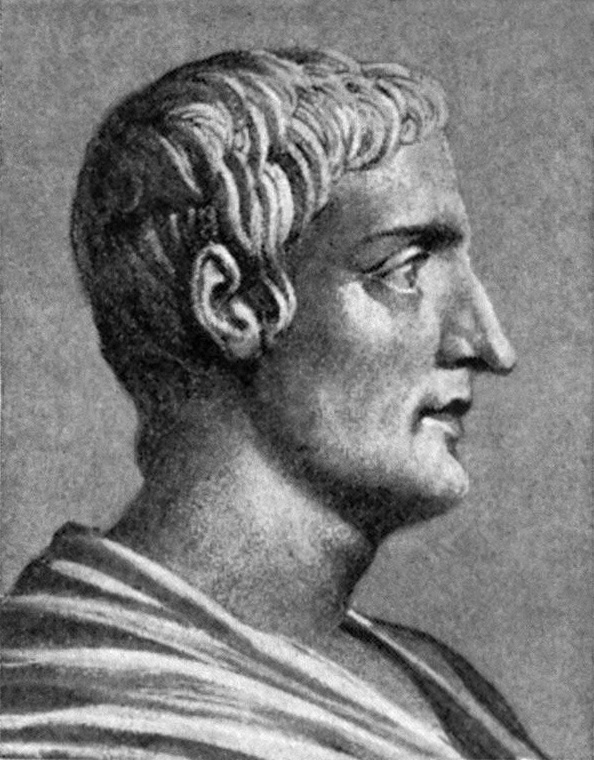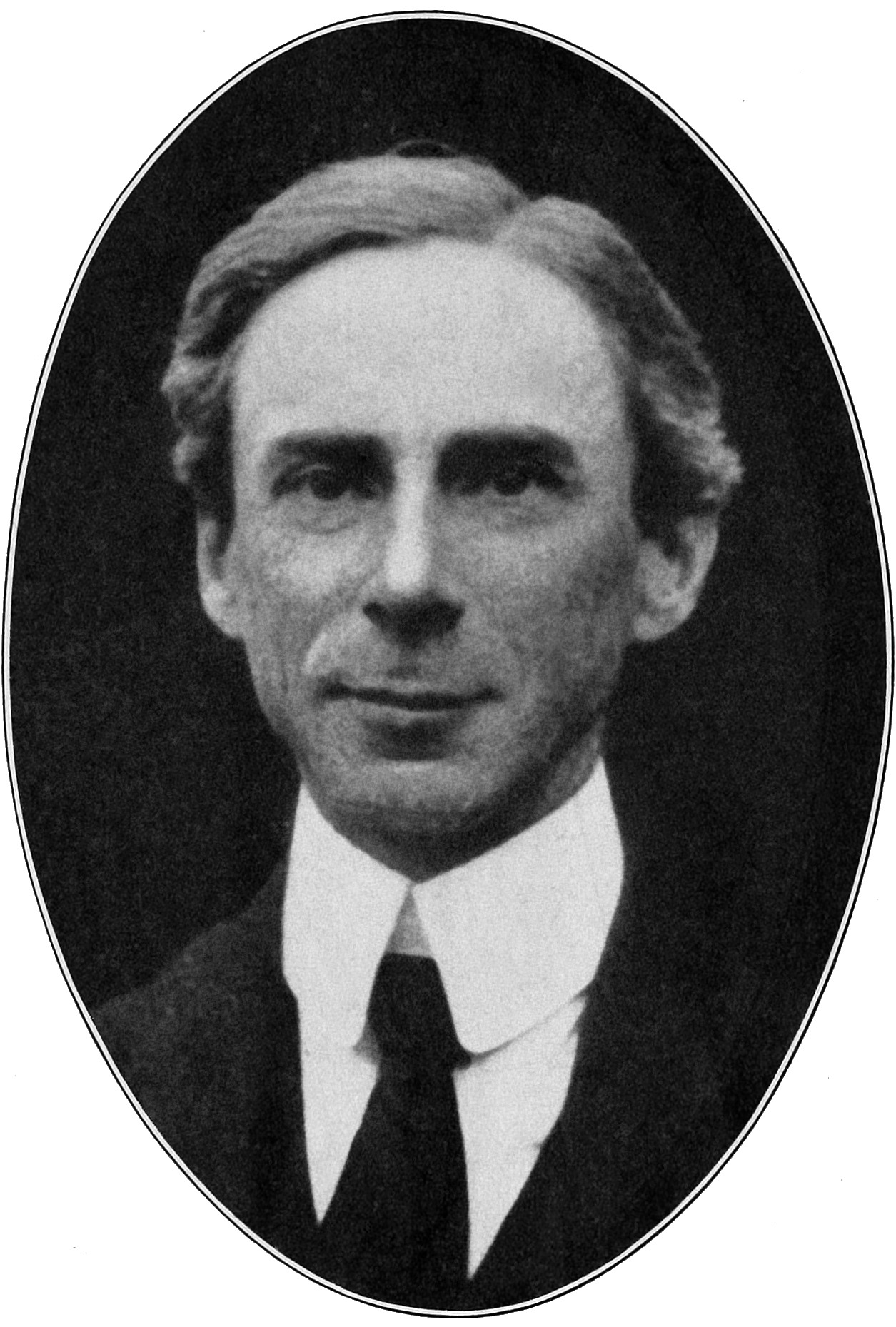|
Communication Theory
Communication theory is a proposed description of communication phenomena, the relationships among them, a storyline describing these relationships, and an argument for these three elements. Communication theory provides a way of talking about and analyzing key events, processes, and commitments that together form communication. Theory can be seen as a way to map the world and make it navigable; communication theory gives us tools to answer empirical, conceptual, or practical communication questions. Communication is defined in both commonsense and specialized ways. Communication theory emphasizes its symbolic and social process aspects as seen from two perspectives—as exchange of information (the transmission perspective), and as work done to connect and thus enable that exchange (the ritual perspective). Sociolinguistic research in the 1950s and 1960s demonstrated that the level to which people change their formality of their language depends on the social context that they ... [...More Info...] [...Related Items...] OR: [Wikipedia] [Google] [Baidu] [Amazon] |
Communication
Communication is commonly defined as the transmission of information. Its precise definition is disputed and there are disagreements about whether Intention, unintentional or failed transmissions are included and whether communication not only transmits semantics, meaning but also creates it. Models of communication are simplified overviews of its main components and their interactions. Many models include the idea that a source uses a code, coding system to express information in the form of a message. The message is sent through a Communication channel, channel to a receiver who has to decode it to understand it. The main field of inquiry investigating communication is called communication studies. A common way to classify communication is by whether information is exchanged between humans, members of other species, or non-living entities such as computers. For human communication, a central contrast is between Verbal communication, verbal and non-verbal communication. Verba ... [...More Info...] [...Related Items...] OR: [Wikipedia] [Google] [Baidu] [Amazon] |
Joseph Walther
Joseph B. Walther (born 1958) is the Mark and Susan Bertelsen Presidential Chair in Technology and Society and the Director of the Center for Information Technology & Society at the University of California, Santa Barbara. His research focuses on social and interpersonal dynamics of computer-mediated communication, in groups, personal relationships, organizational and educational settings. He is noted for creating social information processing theory in 1992 and the hyperpersonal model in 1996. Life and work Joseph B. Walther was born in 1958 in Santa Monica, Calif. Walther attended Santa Ana College, Saddleback College and spent time with the Royal Shakespeare Company at Coastline Community College before transferring to the University of Arizona and graduating magna cum laude in 1983. Walther continued at the University of Arizona, earning a master's degree in speech communication in 1984 and a doctorate in 1990. Walther has previously held appointments in Information Tech ... [...More Info...] [...Related Items...] OR: [Wikipedia] [Google] [Baidu] [Amazon] |
Michel Foucault
Paul-Michel Foucault ( , ; ; 15 October 192625 June 1984) was a French History of ideas, historian of ideas and Philosophy, philosopher who was also an author, Literary criticism, literary critic, Activism, political activist, and teacher. Foucault's theories primarily addressed the relationships between Power (social and political), power versus knowledge and liberty, and he analyzed how they are used as a form of social control through multiple institutions. Though often cited as a Structuralism, structuralist and Postmodernism, postmodernist, Foucault rejected these labels and sought to critique authority without limits on himself. His thought has influenced academics within a large number of contrasting areas of study, with this especially including those working in anthropology, communication studies, criminology, cultural studies, feminism, literary theory, psychology, and sociology. His efforts against homophobia and racial prejudice as well as against other Ideology, id ... [...More Info...] [...Related Items...] OR: [Wikipedia] [Google] [Baidu] [Amazon] |
Ethnography
Ethnography is a branch of anthropology and the systematic study of individual cultures. It explores cultural phenomena from the point of view of the subject of the study. Ethnography is also a type of social research that involves examining the behavior of the participants in a given social situation and understanding the group members' own interpretation of such behavior. As a form of inquiry, ethnography relies heavily on participant observation, where the researcher participates in the setting or with the people being studied, at least in some marginal role, and seeking to document, in detail, patterns of social interaction and the perspectives of participants, and to understand these in their local contexts. It had its origin in social and cultural anthropology in the early twentieth century, but has, since then, spread to other social science disciplines, notably sociology. Ethnographers mainly use Qualitative research, qualitative methods, though they may also include ... [...More Info...] [...Related Items...] OR: [Wikipedia] [Google] [Baidu] [Amazon] |
Discourse Analysis
Discourse analysis (DA), or discourse studies, is an approach to the analysis of written, spoken, or sign language, including any significant semiotic event. The objects of discourse analysis (discourse, writing, conversation, communicative symbolic interactionism, event) are variously defined in terms of coherent sequences of sentence (linguistics), sentences, propositions, speech acts, speech, or Conversation Analysis#Turn-taking organization, turns-at-talk. Contrary to much of traditional linguistics, discourse analysts not only study language use 'beyond the sentence boundary' but also prefer to analyze 'naturally occurring' language use, not invented examples. Text linguistics is a closely related field. The essential difference between discourse analysis and text linguistics is that discourse analysis aims at revealing social psychology (sociology), socio-psychological characteristics of a person/persons rather than text structure. Discourse analysis has been taken up in ... [...More Info...] [...Related Items...] OR: [Wikipedia] [Google] [Baidu] [Amazon] |
Symbolic Interactionism
Symbolic interactionism is a sociological theory that develops from practical considerations and alludes to humans' particular use of shared language to create common symbols and meanings, for use in both intra- and interpersonal communication. It is particularly important in microsociology and social psychology. It is derived from the American philosophy of pragmatism and particularly from the work of George Herbert Mead, as a pragmatic method to interpret social interactions. According to Mead, symbolic interactionism is "The ongoing use of language and gestures in anticipation of how the other will react; a conversation". Symbolic interactionism is "a framework for building theory that sees society as the product of everyday interactions of individuals". In other words, it is a frame of reference to better understand how individuals interact with one another to create symbolic worlds, and in return, how these worlds shape individual behaviors. It is a framework that helps ... [...More Info...] [...Related Items...] OR: [Wikipedia] [Google] [Baidu] [Amazon] |
Structuration
The theory of structuration is a social theory of the creation and reproduction of social systems that is based on the analysis of both ''structure'' and '' agents'' (see structure and agency), without giving primacy to either. Furthermore, in structuration theory, neither micro- nor macro-focused analysis alone is sufficient. The theory was proposed by sociologist Georges Gurvitch and later refined by Anthony Giddens, most significantly in ''The Constitution of Society'', which examines phenomenology, hermeneutics, and social practices at the inseparable intersection of structures and agents. Its proponents have adopted and expanded this balanced position.Stones, R. (2005). ''Structuration theory.'' New York, NY: Palgrave Macmillan. Though the theory has received much criticism, it remains a pillar of contemporary sociological theory.Bryant, C.G.A., & Jary, D. (1991). Coming to terms with Anthony Giddens. In C.G.A. Bryant & D. Jary (Eds.), ''Giddens' theory of str ... [...More Info...] [...Related Items...] OR: [Wikipedia] [Google] [Baidu] [Amazon] |
Epistemology
Epistemology is the branch of philosophy that examines the nature, origin, and limits of knowledge. Also called "the theory of knowledge", it explores different types of knowledge, such as propositional knowledge about facts, practical knowledge in the form of skills, and knowledge by acquaintance as a familiarity through experience. Epistemologists study the concepts of belief, truth, and justification to understand the nature of knowledge. To discover how knowledge arises, they investigate sources of justification, such as perception, introspection, memory, reason, and testimony. The school of skepticism questions the human ability to attain knowledge while fallibilism says that knowledge is never certain. Empiricists hold that all knowledge comes from sense experience, whereas rationalists believe that some knowledge does not depend on it. Coherentists argue that a belief is justified if it coheres with other beliefs. Foundationalists, by contrast, maintain th ... [...More Info...] [...Related Items...] OR: [Wikipedia] [Google] [Baidu] [Amazon] |
Concept
A concept is an abstract idea that serves as a foundation for more concrete principles, thoughts, and beliefs. Concepts play an important role in all aspects of cognition. As such, concepts are studied within such disciplines as linguistics, psychology, and philosophy, and these disciplines are interested in the logical and psychological structure of concepts, and how they are put together to form thoughts and sentences. The study of concepts has served as an important flagship of an emerging interdisciplinary approach, cognitive science. In contemporary philosophy, three understandings of a concept prevail: * mental representations, such that a concept is an entity that exists in the mind (a mental object) * abilities peculiar to cognitive agents (mental states) * Fregean senses, abstract objects rather than a mental object or a mental state Concepts are classified into a hierarchy, higher levels of which are termed "superordinate" and lower levels termed "subordinate". ... [...More Info...] [...Related Items...] OR: [Wikipedia] [Google] [Baidu] [Amazon] |
Latin
Latin ( or ) is a classical language belonging to the Italic languages, Italic branch of the Indo-European languages. Latin was originally spoken by the Latins (Italic tribe), Latins in Latium (now known as Lazio), the lower Tiber area around Rome, Italy. Through the expansion of the Roman Republic, it became the dominant language in the Italian Peninsula and subsequently throughout the Roman Empire. It has greatly influenced many languages, Latin influence in English, including English, having contributed List of Latin words with English derivatives, many words to the English lexicon, particularly after the Christianity in Anglo-Saxon England, Christianization of the Anglo-Saxons and the Norman Conquest. Latin Root (linguistics), roots appear frequently in the technical vocabulary used by fields such as theology, List of Latin and Greek words commonly used in systematic names, the sciences, List of medical roots, suffixes and prefixes, medicine, and List of Latin legal terms ... [...More Info...] [...Related Items...] OR: [Wikipedia] [Google] [Baidu] [Amazon] |
Communication Source
A source or sender is one of the basic concepts of communication and information processing. Sources are objects which encode message data and transmit the information, via a channel, to one or more observers (or receivers). In the strictest sense of the word, particularly in information theory, a ''source'' is a process that generates message data that one would like to communicate, or reproduce as exactly as possible elsewhere in space or time. A source may be modelled as memoryless, ergodic, stationary, or stochastic, in order of increasing generality. ''Communication Source'' combines ''Communication and Mass Media Complete'' and ''Communication Abstracts'' to provide full-text access to more than 700 journals, and indexing and abstracting for more than 1,000 core journals. Coverage dating goes back to 1900. Content is derived from academic journals, conference papers, conference proceedings, trade publications, magazines and periodicals. A transmitter can be e ... [...More Info...] [...Related Items...] OR: [Wikipedia] [Google] [Baidu] [Amazon] |




